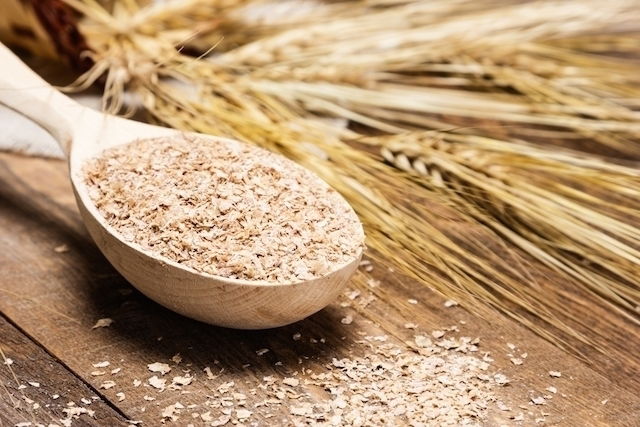Gluten intolerance can cause intestinal symptoms like excessive gas, stomach ache, diarrhea or constipation. These symptoms can present with many illnesses, however, which is why the possibility of gluten intolerance is often overlooked. Serious cases of intolerance, like with celiac disease, can cause more intense symptoms with frequent abdominal pain and diarrhea.
A gluten allergy can emerge in childhood or adulthood, and is characterized by the inability or difficulty with breaking down gluten when consumed. Gluten is present in wheat, rye and barley, which often need to be removed from a gluten free diet.
If you think you may have gluten intolerance, report your symptoms below to assess your risk:
Take a closer look at each individual symptom to get a better understanding of how they can present:
1. Abdominal discomfort
With a gluten intolerance, the consumption of wheat, barley or rye will usually lead to symptoms like excessive gas, bloating, diarrhea or constipation. In addition to abdominal discomfort, the intestines can start to become damaged on a cellular level, which can impede with the absorption of vitamins and minerals.
How to identify: Pain associated with a gluten intolerance is recurrent and usually accompanied by gas. It occurs after eating bread, cakes or pasta. Gastritis-related pain is usually felt following any meal or if fasting for too long.
2. Dizziness
Eating gluten can cause symptoms like dizziness, confusion or fatigue after a meal. However, these symptoms are often not associated with gluten intolerance at first glance, and this diagnosis can be easily written off.
How to identify: Dizziness caused by a gluten intolerance appears even after being well-fed and well-rested. It is not related with excessive physical activity or changes in blood pressure.
3. Mood changes
Changes in mood can occur due to intestinal malfunctioning, and they tend to appear following meals. Common symptoms include irritability, anxiety or sadness.
These constant mood fluctuations can lead to fatigue, even after a good night’s sleep. This is because the body is concentrated on targeting inflammation in the intestines, which can use up energy that makes you feel food.

4. Chronic migraines
In general, migraines from a gluten intolerance appear about 30 to 60 minutes following a meal. They are often associate with symptoms like blurred vision and pain around the eyes.
How to identify: Normal migraines do not have a specific time that triggers them and often emerge after consuming caffeine or alcohol. Gluten intolernace-related migraines usually occur after ingesting foods that are rich in white flour.
5. Itchy skin
Intestinal inflammation from a gluten intolerance can lead to dry and itchy skin, as well as the formation of small red bumps. These symptoms, however, are often associated with conditions like psoriasis or lupus.
How to identify: You should remove foods with wheat, rye and barley (like cake, bread and pasta) from your diet to verify if the itching improves with diet changes.
6. Muscular pain
Consuming gluten can cause or worsen pain in the muscles, joints and tendons (clinically referred to as fibromyalgia). It is also common to notice swelling, particularly in the finger, knee and hip joints.
How to identify: You should avoid eating foods with wheat, rye and barley to verify whether the pain resolves with these diet changes.
7. Lactose intolerance
It is common for a lactose intolerance to present with a gluten intolerance. Patients with a confirmed diagnosis of lactose intolerance are at a greater risk for having difficulty digesting food with wheat, rye and barley, and therefore should pay attention to symptoms that could emerge.
Confirming a diagnosis
If you notice the above symptoms, your doctor may order tests to confirm a diagnosis by ordering stool and urine tests, and possible an intestinal tissue biopsy.
You should start by eliminating foods that contain gluten from your diet (like flour, bread, cookies and cake) and monitor to see if your symptoms improve or not.
Living with a gluten intolerance
Following a diagnosis is confirmed, you should remove all foods that contain gluten from your diet, like white flour, pasta, bread, cakes and cookies. It is now possible to find many food products that do not contain gluten. Other easy alternatives include rice flour, corn flour, potato starch, and tapioca starch.
You should carefully read all food labels to determine whether wheat, rye or barley are in the ingredients list. These can often be hidden in foods like sausages, cereal and canned soups.
